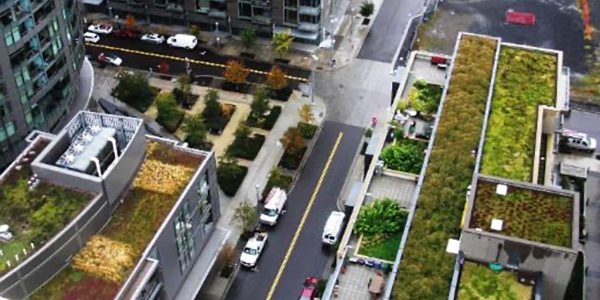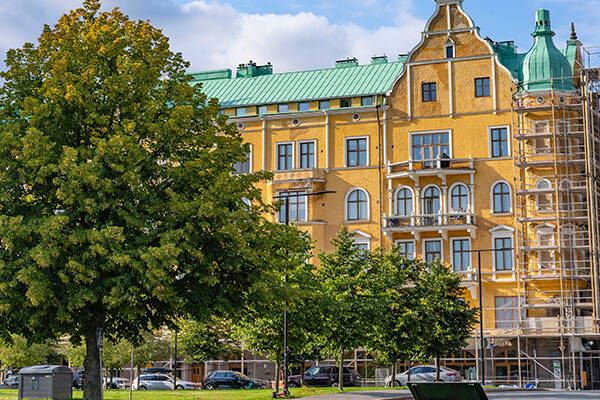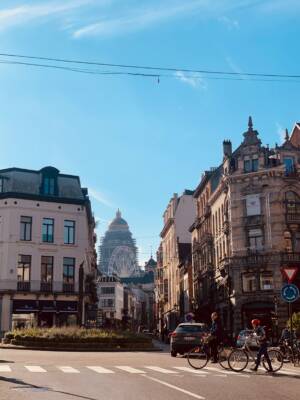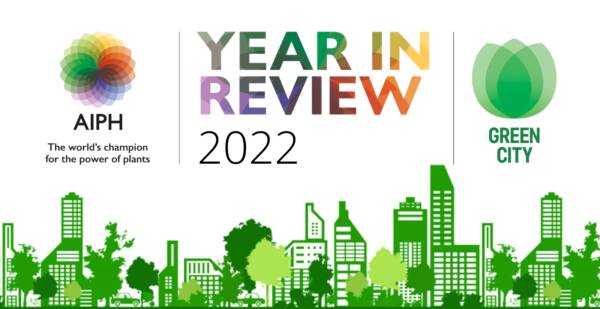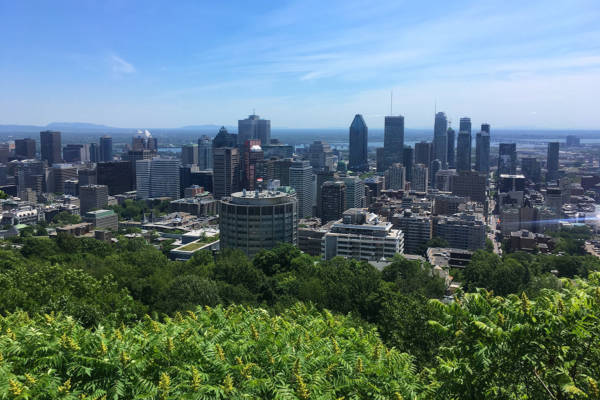Potentially the first of its kind, Netusil et al. (2022) research revealed a household willingness to pay value for a new green roof program through a 1-year increase in sewer and stormwater fees. It also found that Portland (USA) residents valued three key benefits of reduced combined sewer overflows, reduced summer temperatures and increase in biodiversity.
Green roofs provide multiple benefits, and in Portland, Oregon, USA, the ability to slow and filter rainwater run-off has been vital in changing the city’s stormwater management. Historically Portland has been challenged by an old water management system which resulted in the discharge of stormwater and sewage into nearby bodies of water. Portland now has a world-recognised leading approach to sustainable urban drainage. This includes policy aimed at increasing green roofs through commercial development regulations, and residential property green roof utility bill discount.
Netusil et al. (2022) research examined the public perception of green roofs, and established a willingness to pay value from Portland’s residents. They found the three key benefits in order of value for participants were; the ability to reduce the combined sewer overflows, reduced summer temperatures, and increased biodiversity. Depending on the programme characteristics, the estimated household ‘willingness to pay’ for a new green roof program through a 1-year increase in sewer and stormwater fees ranged from $202 to $442. This scales up to an amount of $54.4 to $116.8 million for the city of Portland, Oregon.
The majority of green roofs in Portland are focused in a single area. Participants expressed a preference for green roofs to be more greatly distributed, however some raised concerns in relation to associated increase in bird nesting. Netusil et al. (2022), noted that participants who had limited to no knowledge of green roofs prior to taking the survey did not value a reduction in summer temperatures or an increase in biodiversity as significantly as those with prior knowledge. This highlights the advantage of public education when creating innovative green strategies. Identifying a willingness to pay value in this major American city opens the door for other urban developments to consider the additional value contributed by including infrastructure such as green roofs into planning developments and policy.
Full report: https://www.sciencedirect.com/science/article/pii/S0169204622000755













